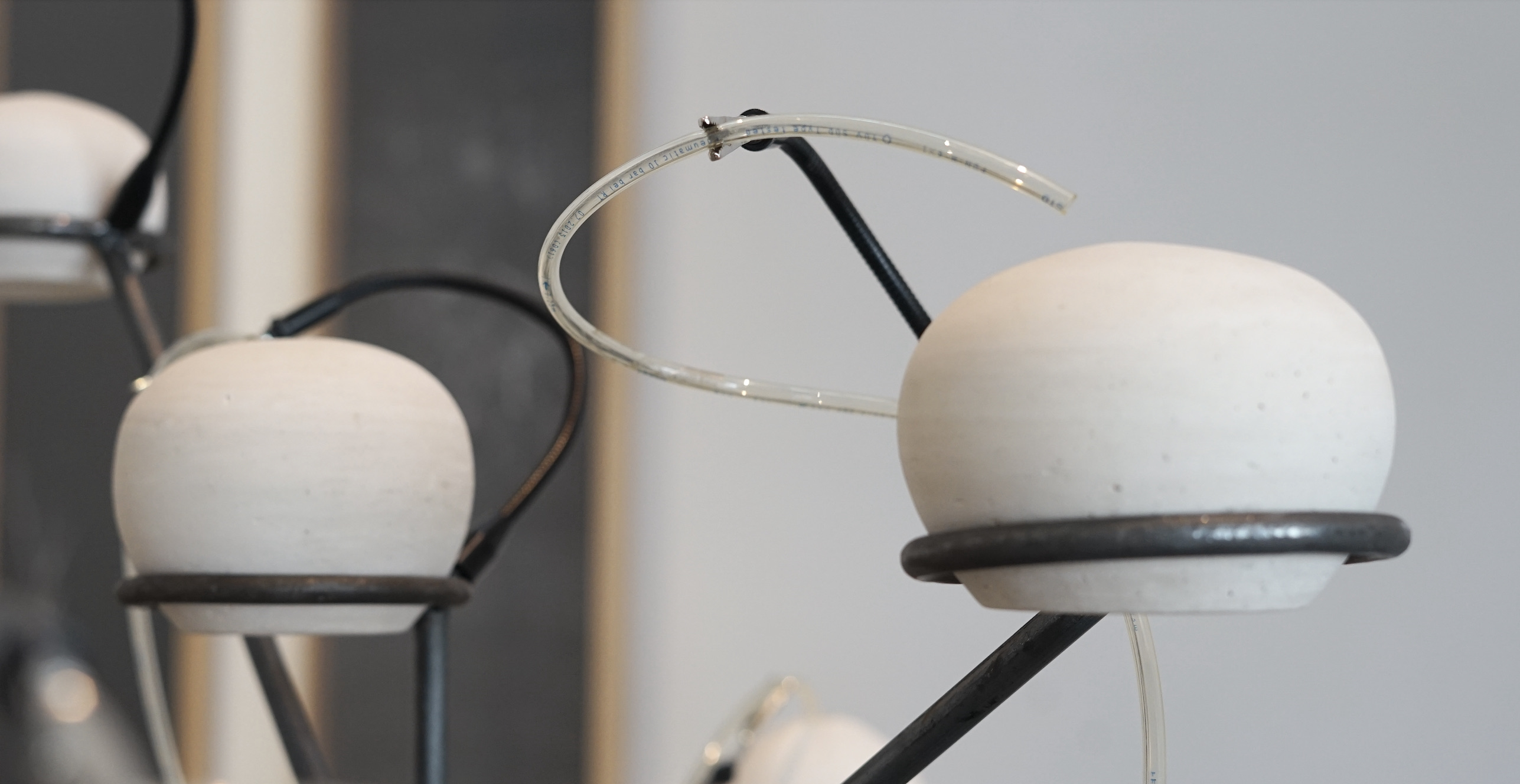
Essay
A Claim for the Hidden: Ana Paula Santana at Proyecto Arte
by Alejandra Arreola
Reading time
4 min
I thought we had to demonstrate the other side of us.
Otherwise, we would become this one-dimensional thing,
and that had to be avoided at all costs.
Lou Reed
In her essay Poetry is Not a Project, Dorothea Lasky remarks, “Nowadays, [art] critics and scholars often refer to an entire body of work by one [artist] as a ‘project,’ but I don’t think [art works] that way. […] More likely than not, what most [artists] do is not a project but is an act of intuition. […] The term ‘project’ seems to suggest that an [artist] can set about [her] life path knowing what [she] is doing at all times […]. I want this new century to be full of people who [create art], not full of [artists] who conduct projects and do nothing more.”
Ana Paula Santana undertakes explorations with a basis in intuition and artistic research. She does not give stiff or hyper-academic explanations about her work, but rather assumes an incessant journey. For more than ten years she has been investigating acoustic phenomena in specific spaces, performing concerts for printing houses, creating sound and graphic pieces that encourage reflection on the act of perception, transferring sound pulsations from poetry readings to materials that translate them into new sounds, in addition to her collaborations with women who have denounced sexual violence. From time to time, her voice breaks and she talks about the delicate impression that playing with water, mud, and air has caused in her. The trembling voice is beautiful because it has no certainties.
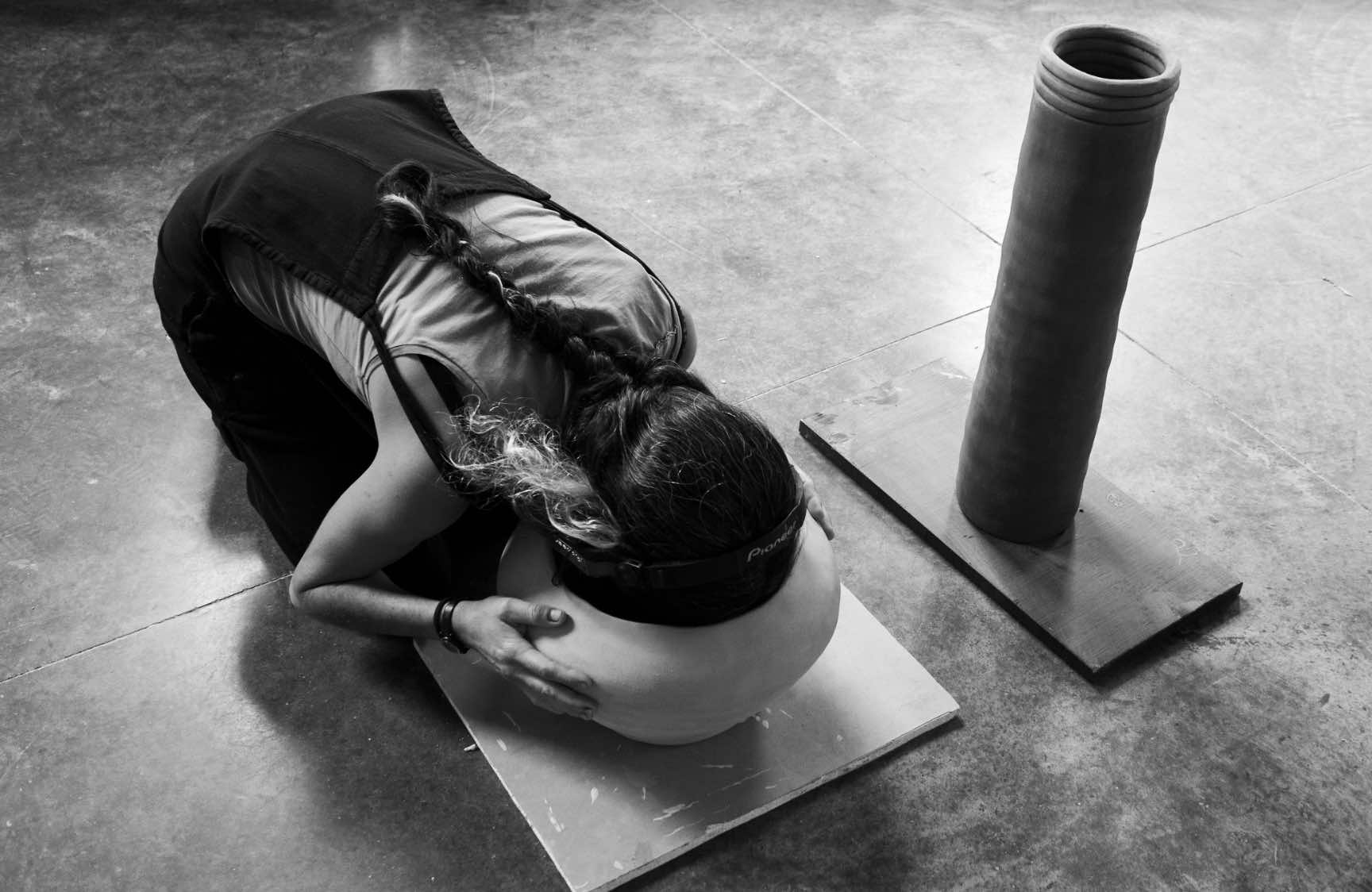
“For me, everything in the world is voice and resonance,” she tells me. Her studio has an Eastern atmosphere, both visually and aurally. The engravings presented in a vertical arrangement refer to Japanese paintings, or in her words: “their figures reveal the arboreal origin of the paper itself.”
Ana Paula has a fascination for acoustic instruments that dialogue with natural elements, much like the sound devices that formed part of the architecture in ancient Japanese cities, activated by the passage of wind and water. Stockhausen, Brian Eno, and various krautrockers have remarked that it was not only electronic music that set them free; they were also inspired by Eastern music using alternative scales, including Japanese, Indian, and Balinese music.
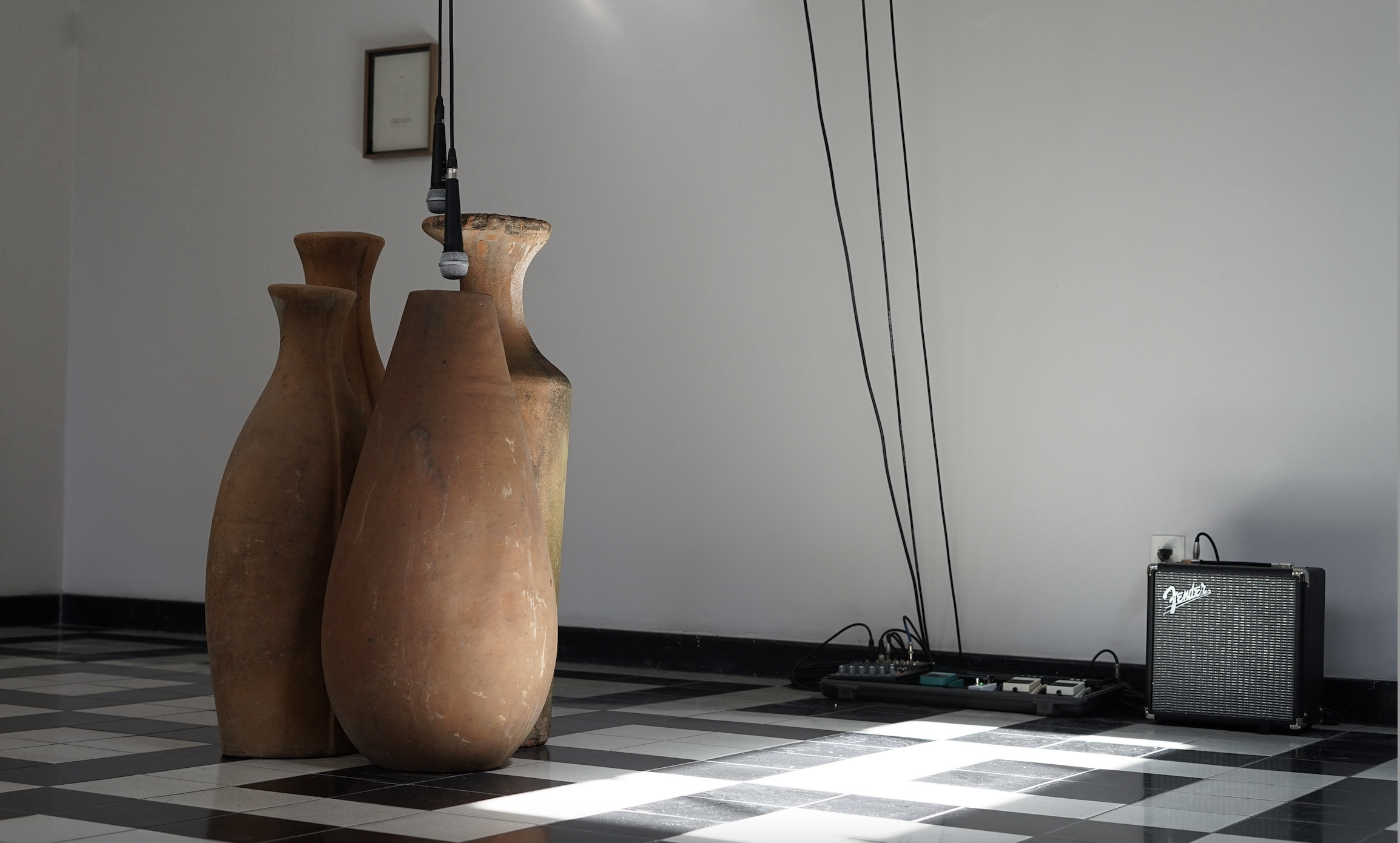
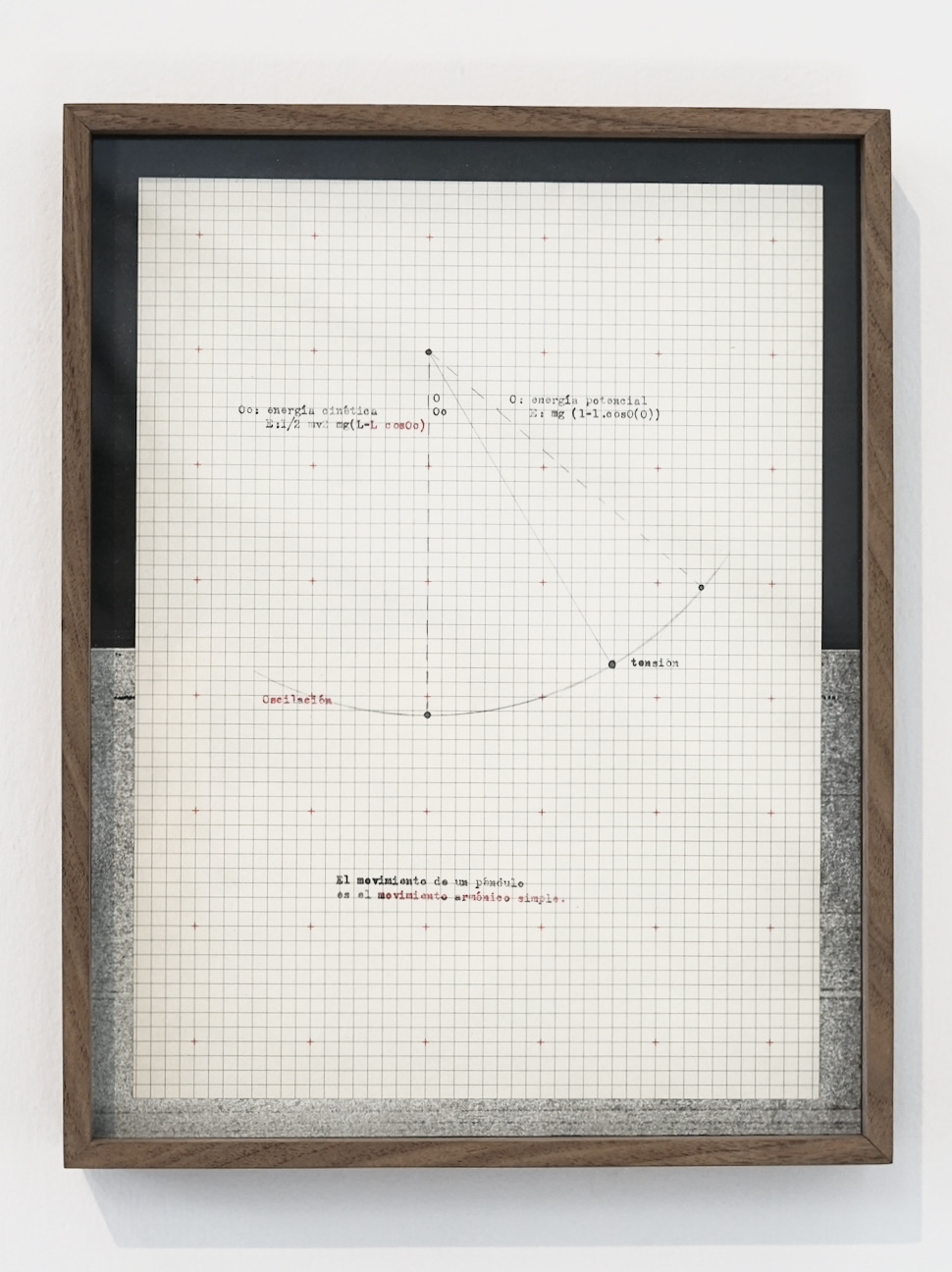
For Respirar es oír adentro (Breathing Is Hearing Inside), an exhibition that Ana Paula is currently presenting at Proyecto Arte, she has molded resonant cavities, explored the behavior of sound and paper, installed an assemblage that operates using an oscillating pendulum, and created some machines with speakers, microphones, printing presses, and an air compressor. She chooses to create open and responsive forms: vases with long necks and wide lungs as well as globular cavities similar to peaches with tender holes. The exhibition presents pieces created in the last two years, and throughout its duration there will be sound activations carried out together with other artists.
A few weeks ago Ana Paula presented a concert based on slow pulsations, with a lulled heart and ritual drum and lots of water in movement. The concert was an immersion. A swimming session with micro-sounds of insects and of leaves trembling in the wind. Near the end, she sang softly and I felt an immediate connection with the soft timbre of her voice.
The kind of sound that Ana Paula emits is a smooth voice, one that makes me think that perhaps voices like this are just what we need. Human narratives are created via resonance and feedback; the stories we women tell to each other and to ourselves perform in the same way as the air inside her pieces, where sound is tainted, cycled, and amplified.
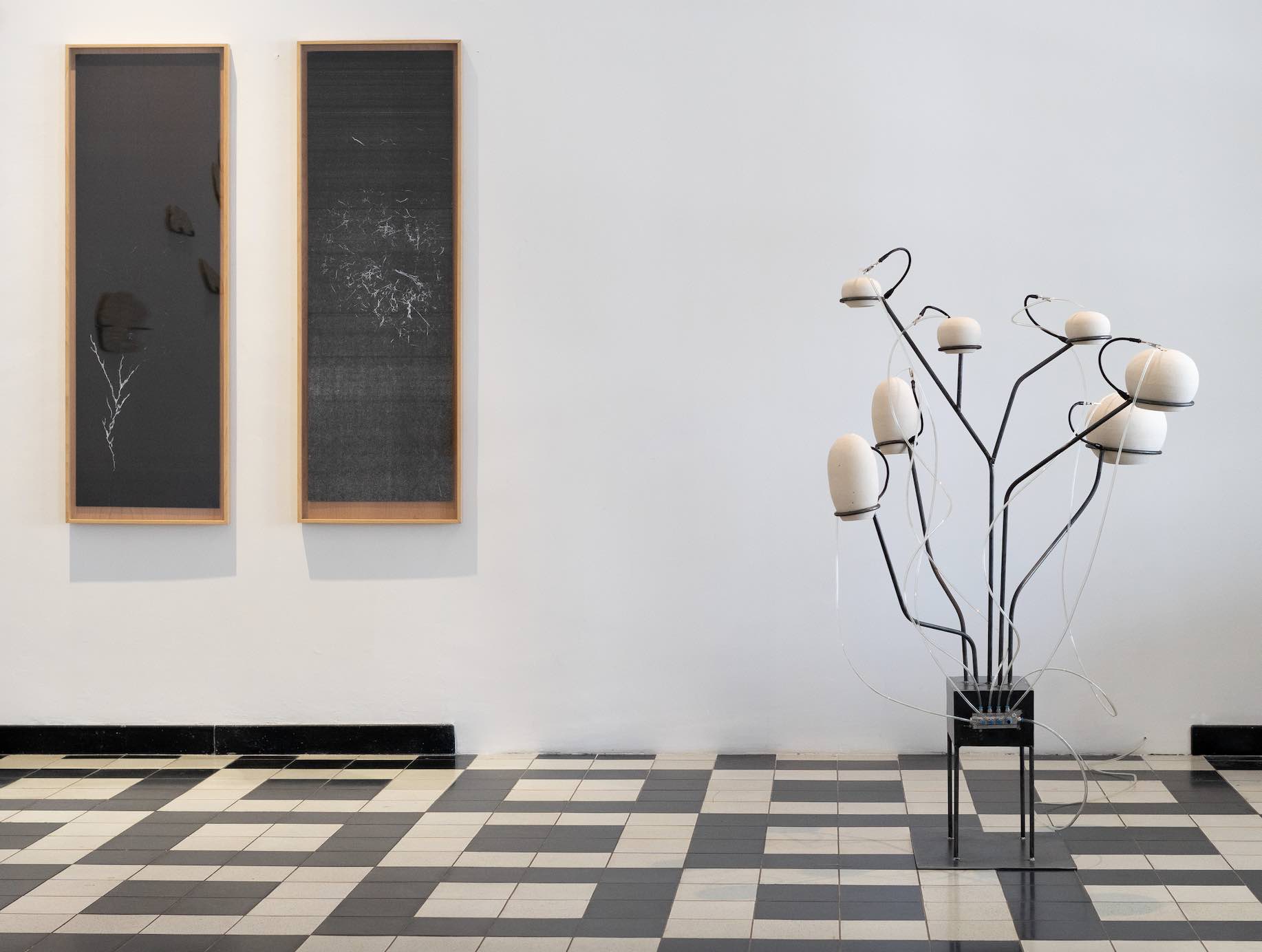
Music and live sound sessions have the ability to make us listen within ourselves and to swim deep, towards the original bottom. The immersion in the primitive well is not an easy experience because it involves diving in and confronting the challenges of the unconscious: the same background where imagination and dreams are renewed. For this reason, sound artists are naturally vehicles or mediums.
Ana Paula decides to pause before small occurrences of sound; she decides to turn her ears to the voices emitting fragile sonic cavities. If today techno-capitalist fascism stuns us to death and screaming zombies broadcast shrill slogans 24/7, searching for the hidden voice is a vital necessity.
Translated to English by Byron Davies
Ana Paula Santana's exhibition Respirar es oír adentro, curated by Sandra Sánchez can be visited until April 1st, 2023 at Proyecto Arte.
Published on February 4 2023